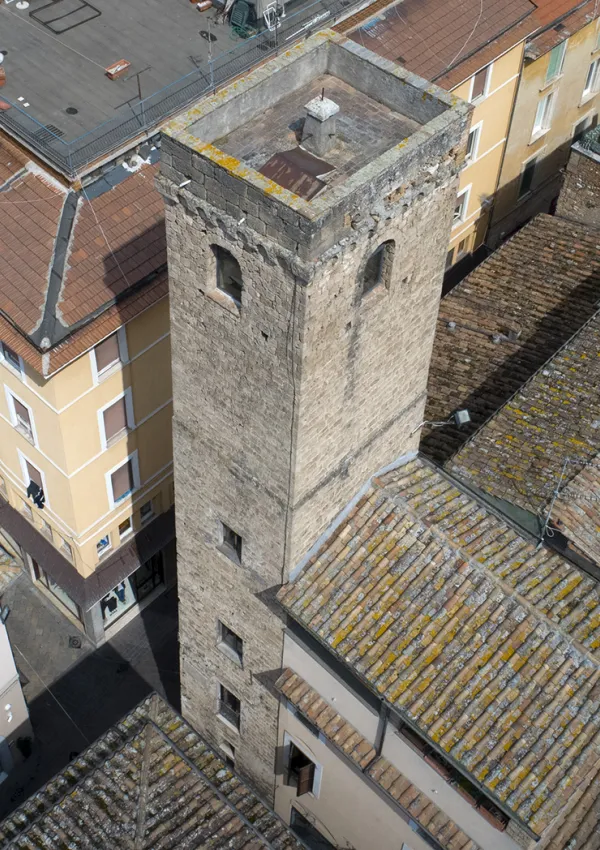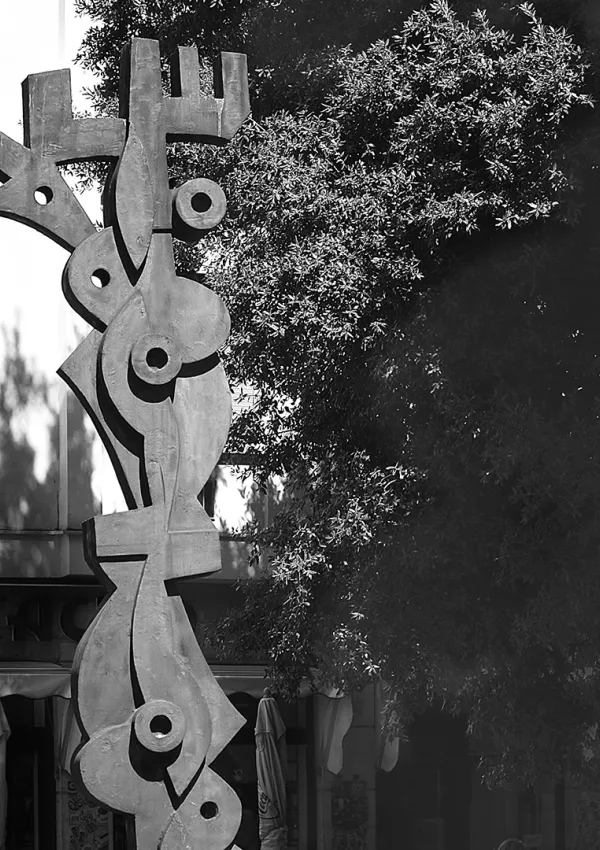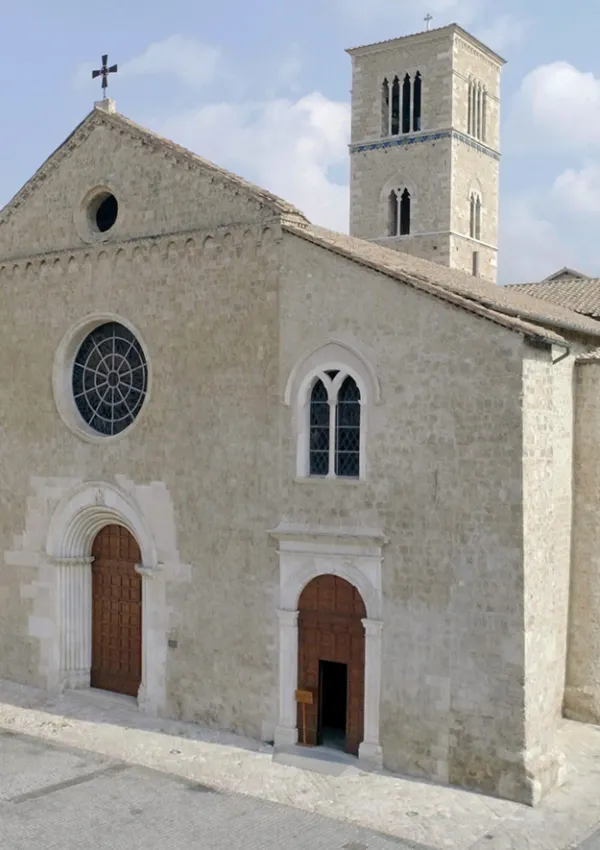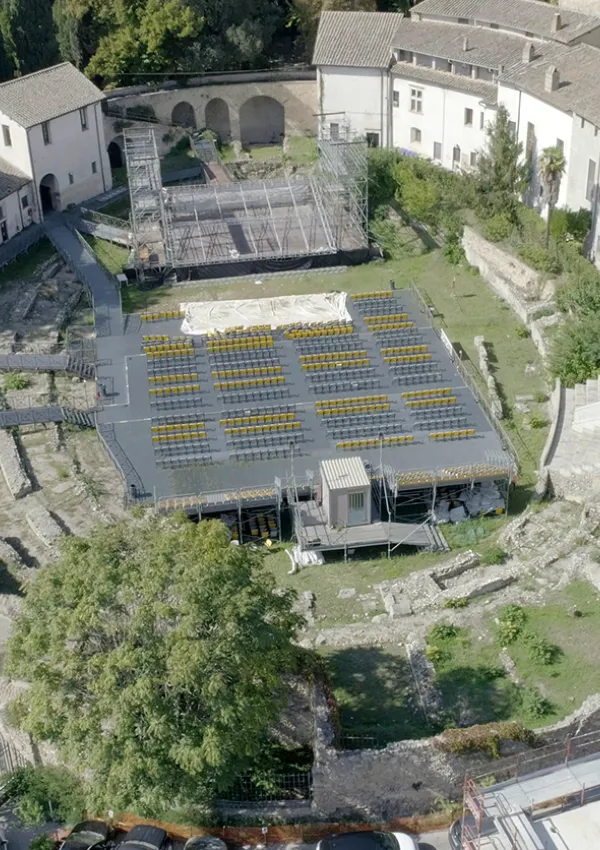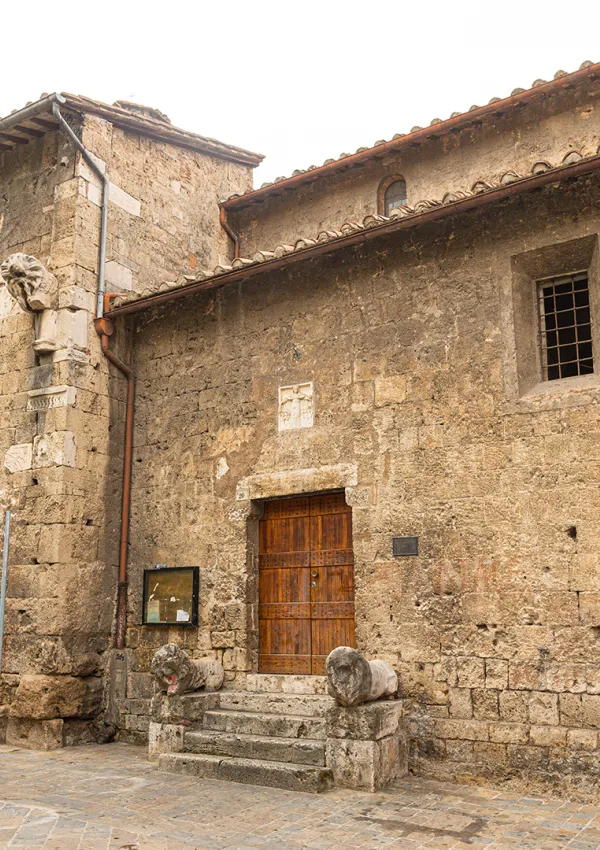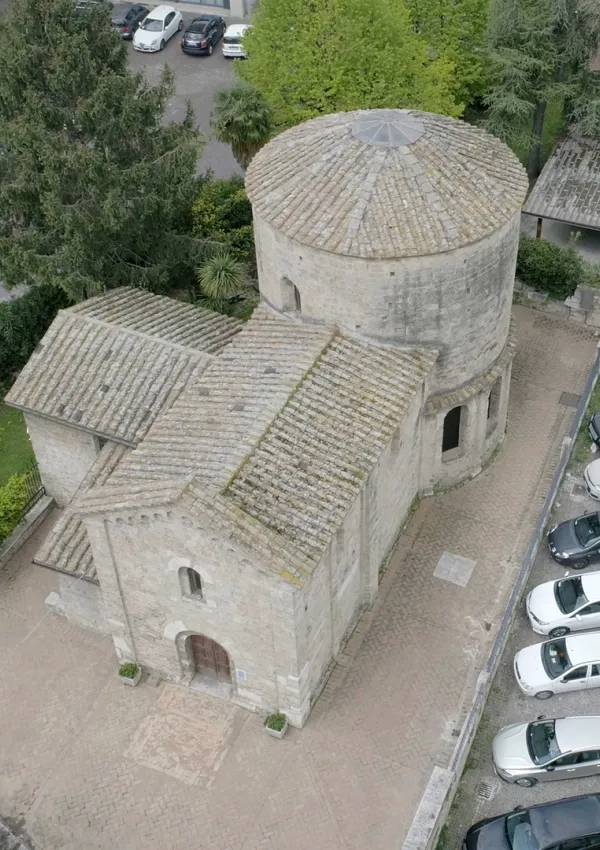Palazzo Mazzancolli
Fu costruito verso la metà del 1400, dalla famiglia Mazzancolli che voleva un segno della propria potenza. Ludovico Mazzancolli era Vescovo di Terni (lo fu dal luglio 1406 al luglio 1458), suo fratello Ettore, notaio del camerario del comune e Priore. Fu Giovanni, uno dei tre figli di Ettore, uditore della Camera Apostolica, il più potente della famiglia a volere la costruzione del palazzo, eretto sul basamento di due torri preesistenti, incorporate nella facciata dove è collocato lo stemma di famiglia: un braccio che tiene una mazza poggiata in collo.
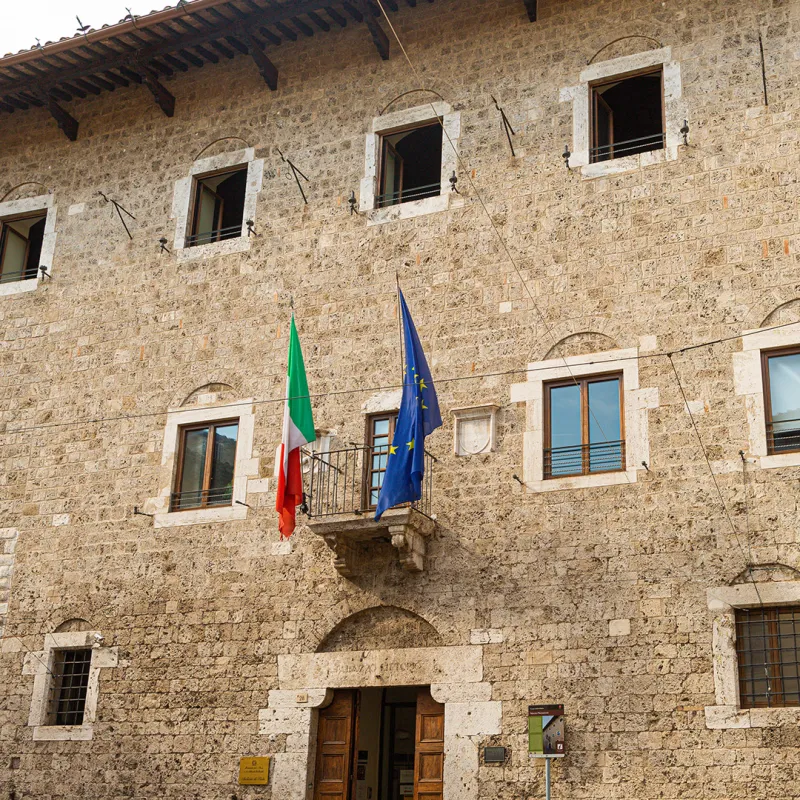
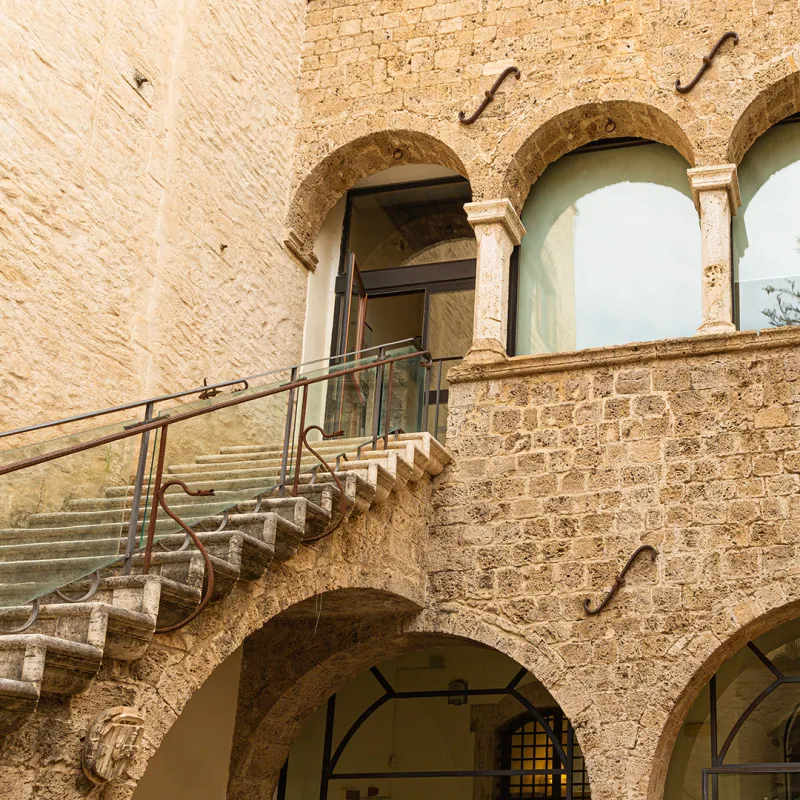
La famiglia Mazzancolli ai primi del 1600 lasciò Terni e il palazzo passato di proprietà alla famiglia Montani-Leoni fu praticamene abbandonato per quasi un secolo. Nell’Ottocento fu utilizzato nel processo di lavorazione della seta per la filanda a vapore di Terni. Fu restaurato dopo il 1870 dall’architetto Benedetto Faustini (Terni 1836-1895), come sede del Monte di Pietà. Abbandonato di nuovo fu restaurato nel 1926 dall'arch. Gaetano Coppoli che lo trasformò in "Casa del Fascio". Dopo il 1945 la proprietà è passata al Demanio dello Stato che sul finire negli anni novanta lo ha affidato all'Archivio di Stato di Terni che dal 2002 ha qui la propria sede.
Vicino a "Palazzo Mazzancolli"
TERNI CENTRO
#Affittacamere
Via Parrabbi,15
CIR: 055032C201032027
@: visualizza email
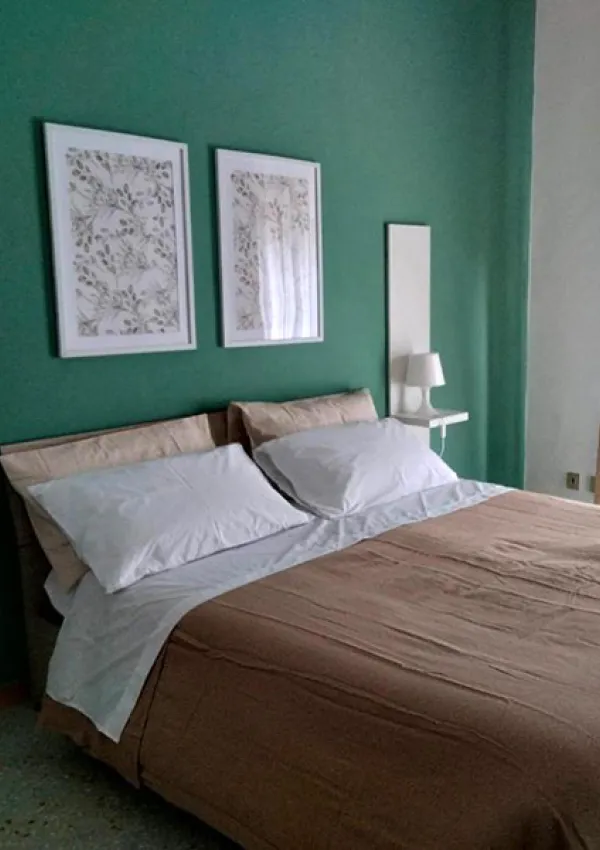
ALLOGGIO URBANO IN CENTRO STORICO
#Affittacamere
Via Federico Fratini,37
CIR: 055032B403030820
@: visualizza email
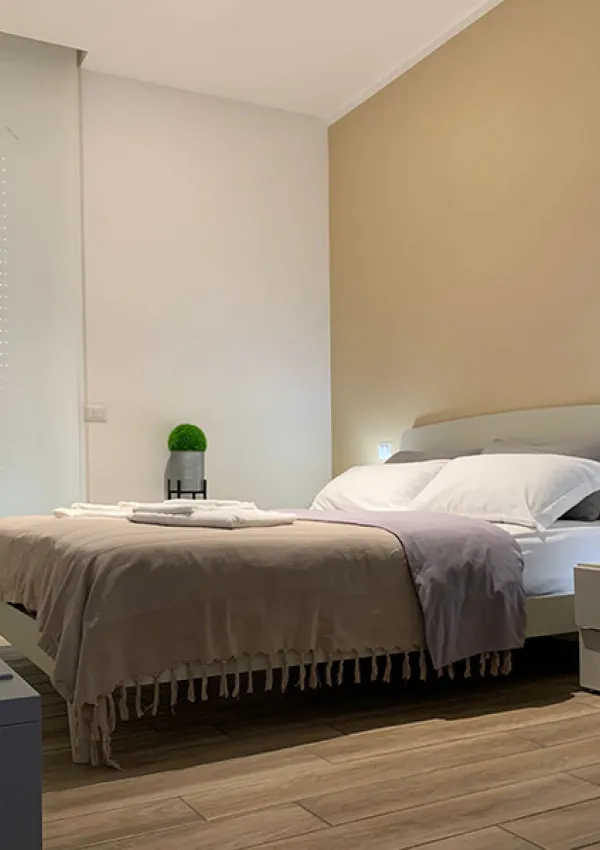
RESIDENZA TACITO
#Affittacamere
Corso Cornelio Tacito,30
CIR: 055032C201020251
@: visualizza email

RESIDENZA GARIBALDI
#Affittacamere
Vico dei Tintori,9
CIR: 055032C201018952
@: visualizza email
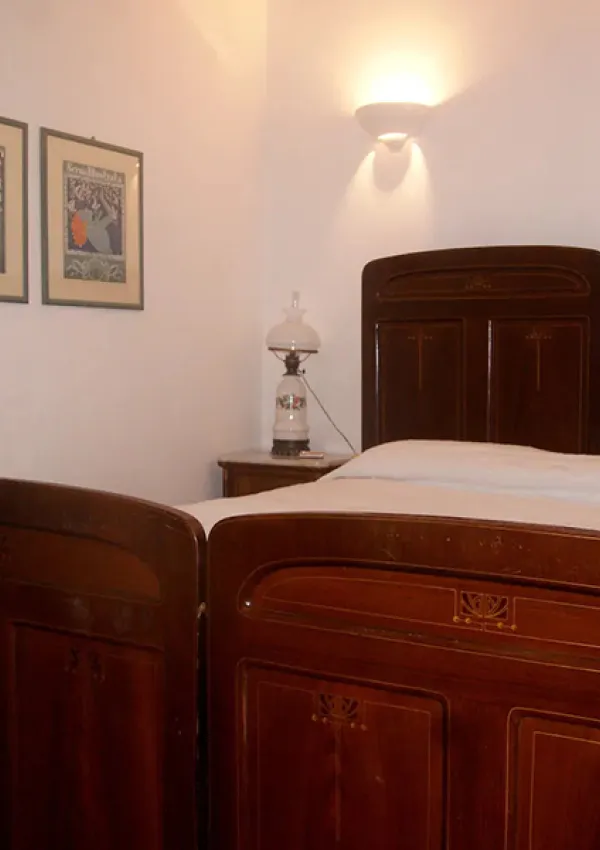
RESIDENCE BIZZONI
#Albergo
V.le Carducci,10
CIR: 055032A101010227
Web: vai al sito
@: visualizza email
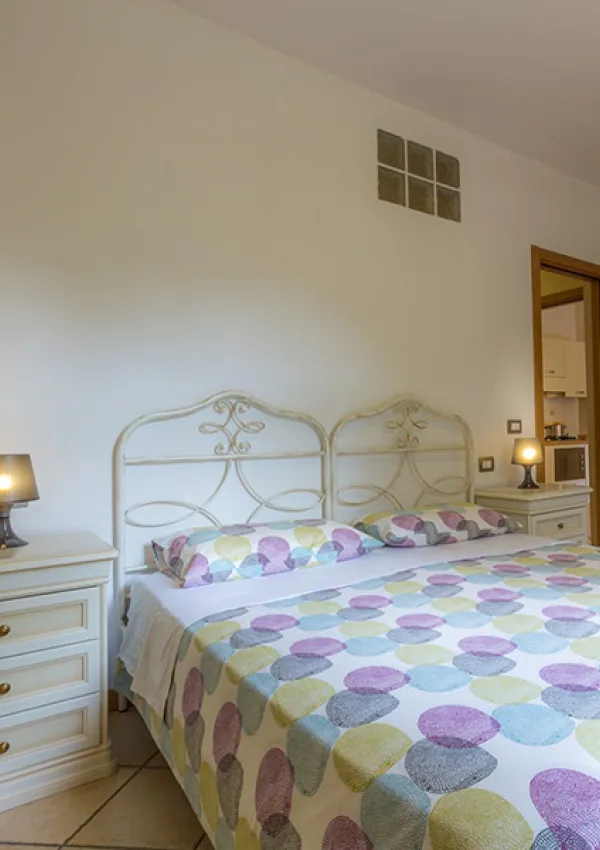
UNA SUITE NEL CUORE DEL CENTRO STORICO
#Affittacamere
Via dellArringo,44
CIR: 055032C201030117
@: visualizza email
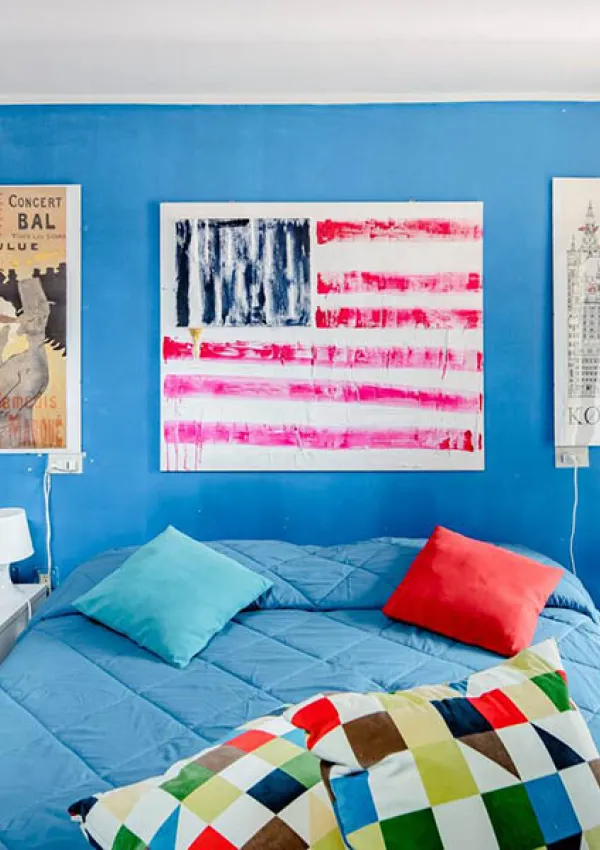
AI CASALI
#Case e appartamenti per vacanze
Vocabolo Valleprata,17/18
CIR: 055032B404006178
Web: vai al sito
@: visualizza email
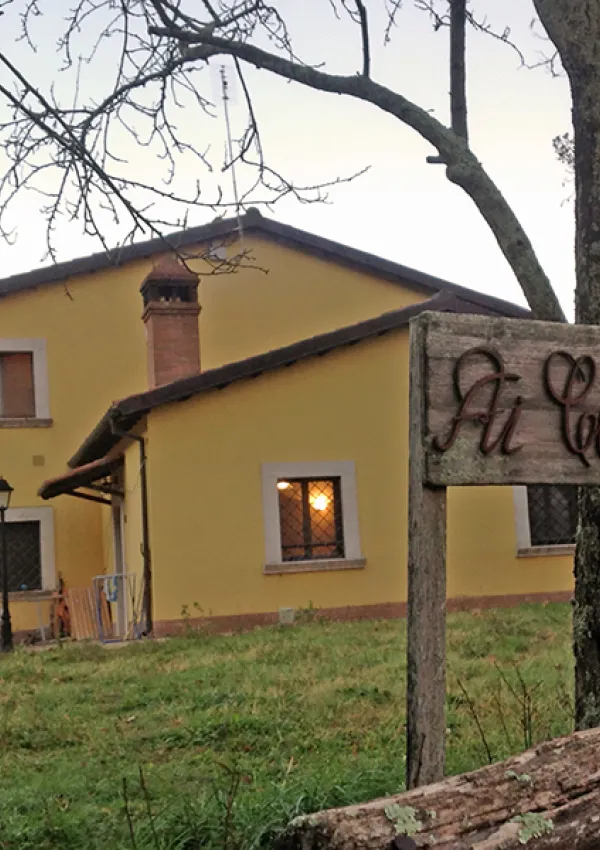
ALBERGO VELINO 2
#Albergo
VIA PILASTRI,6
CIR: 055032A101018156
Web: vai al sito
@: visualizza email
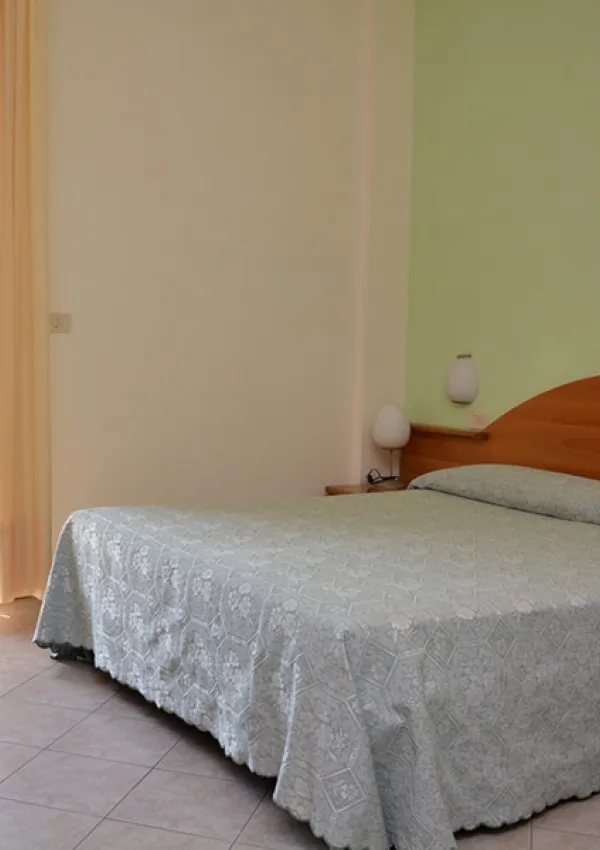
Che testo!
#Braceria
#Pizzeria
P.zza Solferino 20
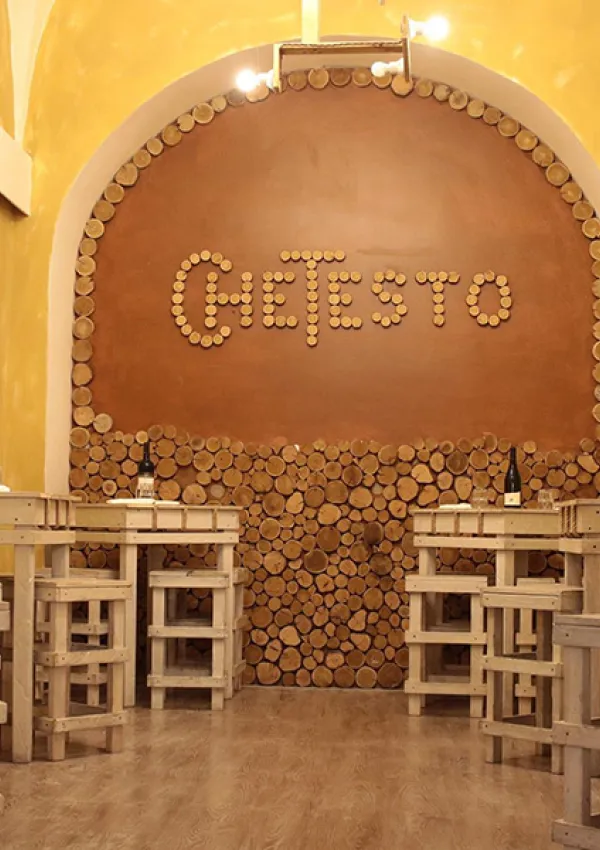
Flowers
#Pizzeria
#Rosticceria
Via S.Tommaso 9
@: visualizza email

Il cicalino
#Pizzeria
#Ristorante
P.zza S.Giovanni Decollato 12/b
Web: vai al sito
@: visualizza email
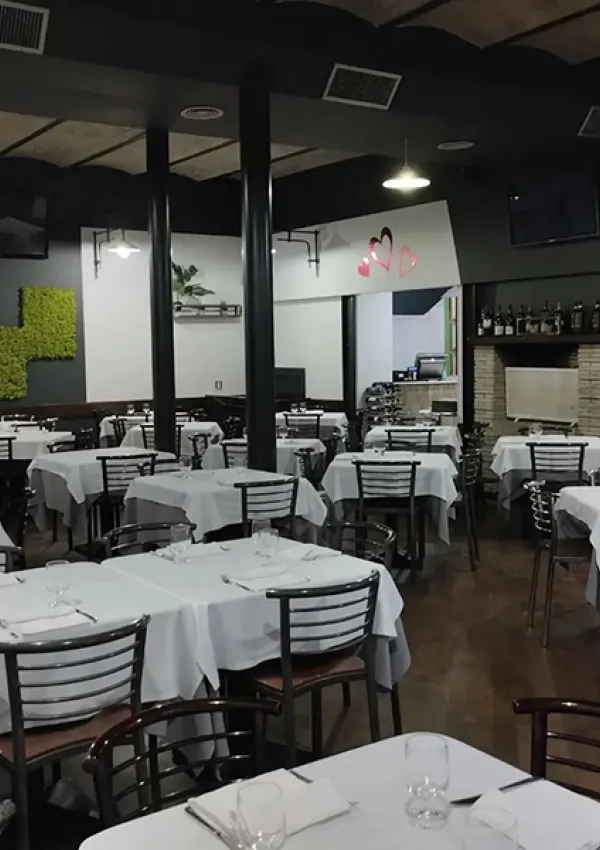
Il Convivio
#Ristorante
Via del Leone, 37
@: visualizza email
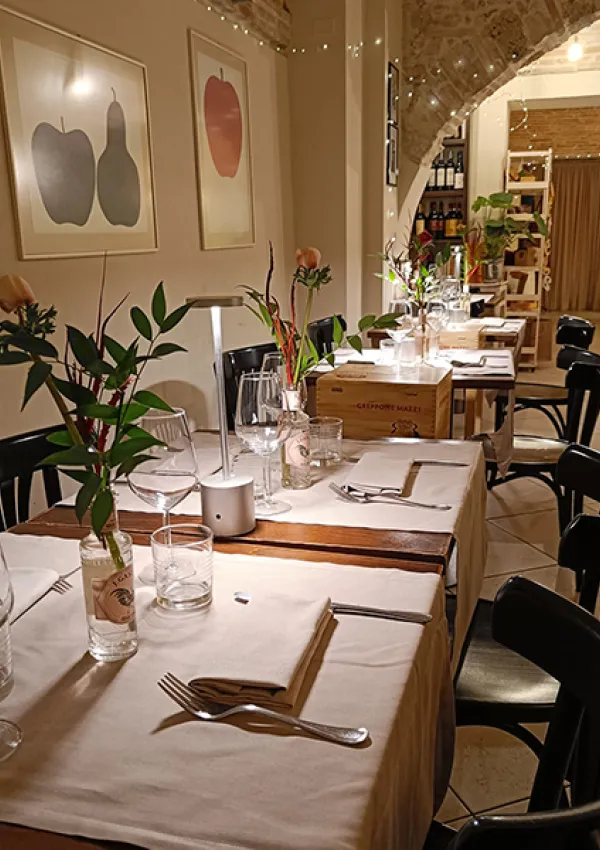
La Piazzetta
#Ristorante
Via Cavour 9
Web: vai al sito
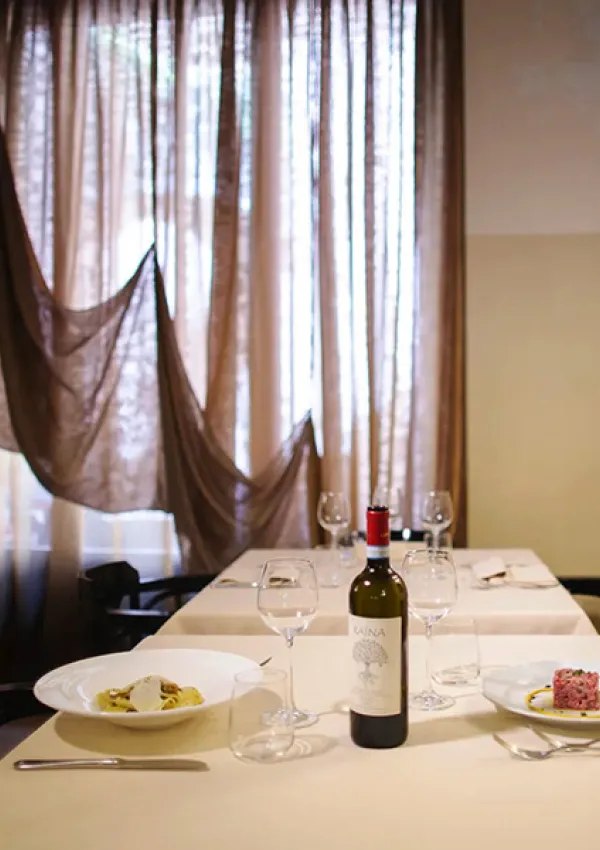
Me Gusta
#Ristorante
Via Cavour, 56
Web: vai al sito
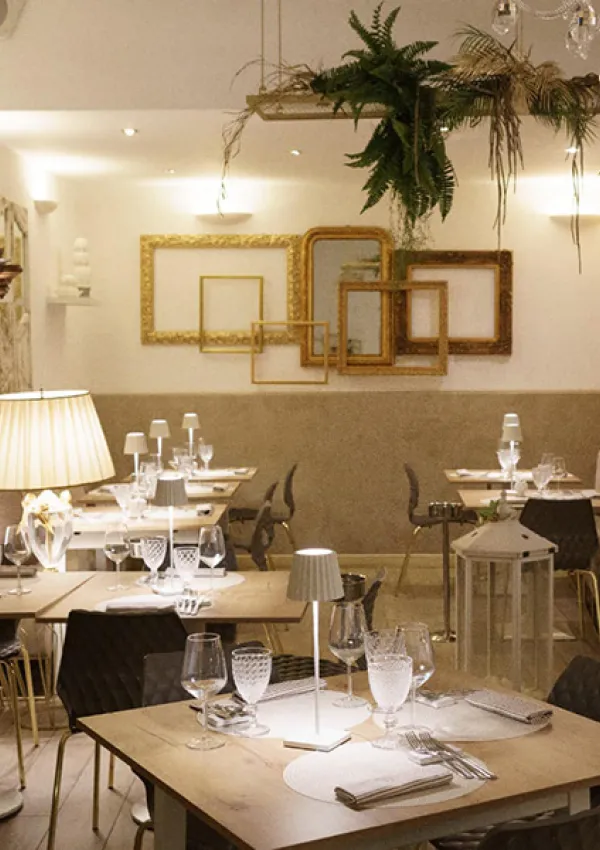
Met
#Wine-bar-ristorante
Via G.Armellini 1
@: visualizza email
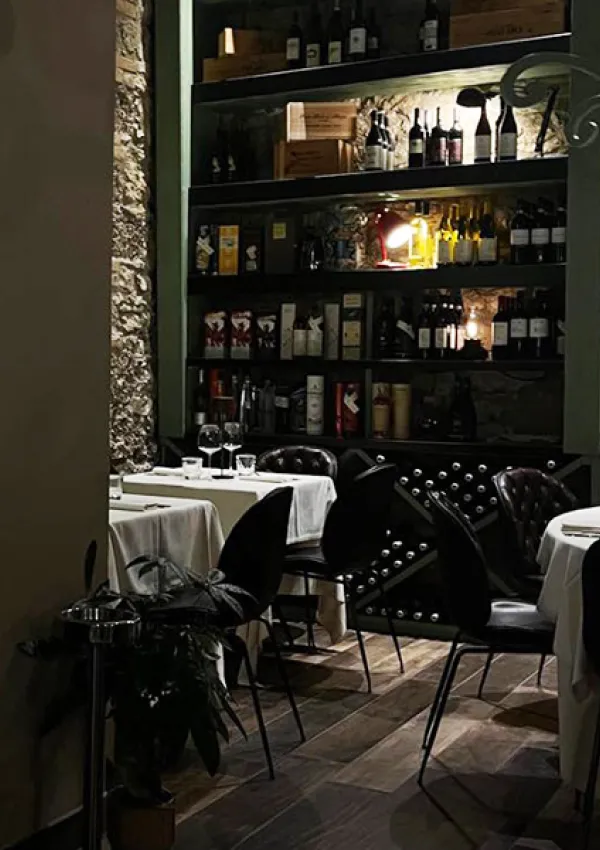
Nascostoposto
#Pizzeria
#Ristorante
Via Sant'Alò 10
@: visualizza email
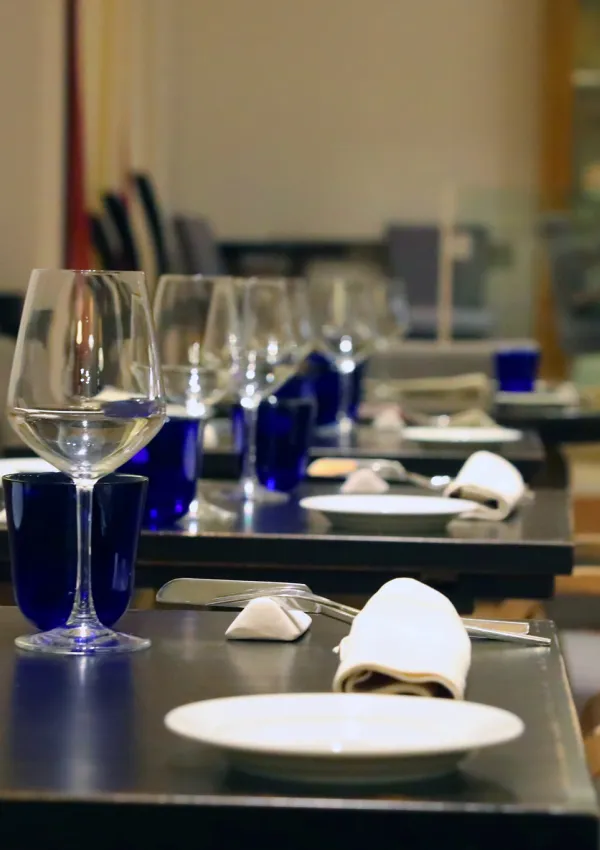
Scelti per te
-
RESIDENCE BIZZONI
Albergo
V.le Carducci,10
Unità: 4 - Posti: 4
Telefono: 0744/44241
CIR: 055032A101010227
Web: vai al sito
@: visualizza email
-
BORGO NEL TEMPO
Case e appartamenti per vacanze
Vico dellOspedale,11
Telefono: 3481532946
CIR: 055032C202030669
@: visualizza email
Eventi
-
 Capodanno in Piazza
Dal 31 Dicembre al 1 Gennaio
Capodanno in Piazza
Dal 31 Dicembre al 1 Gennaio
-
 Santa Claus Village Rovaniemi
Dal 6 Dicembre al 4 Gennaio
Santa Claus Village Rovaniemi
Dal 6 Dicembre al 4 Gennaio
-
 Il Natale di Marmore
Dal 12 Dicembre al 5 Gennaio
Il Natale di Marmore
Dal 12 Dicembre al 5 Gennaio
-
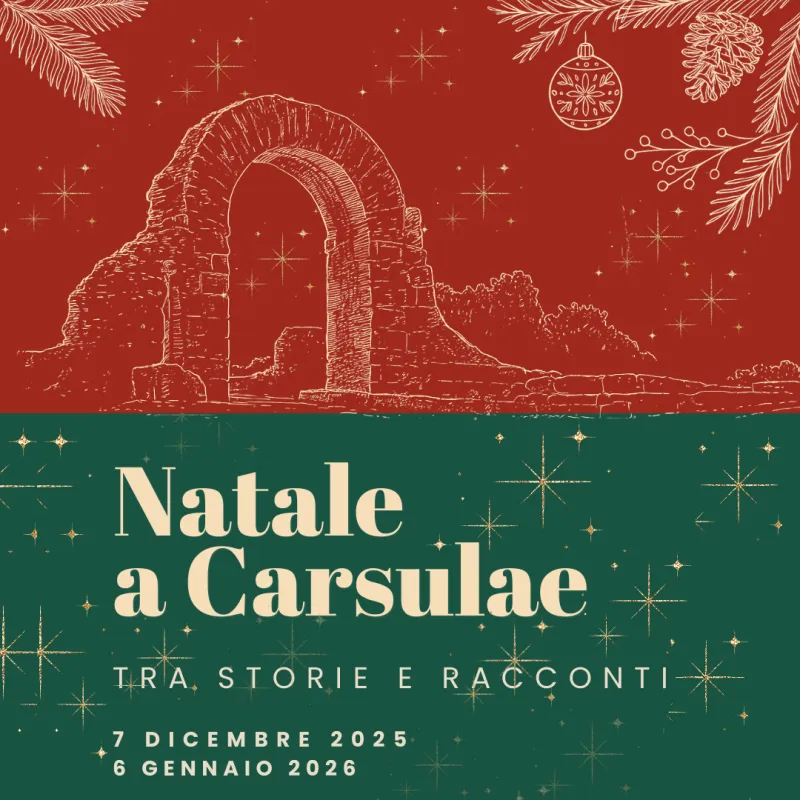 Natale 2025 a Carsulae
Dal 7 Dicembre al 6 Gennaio
Natale 2025 a Carsulae
Dal 7 Dicembre al 6 Gennaio
-
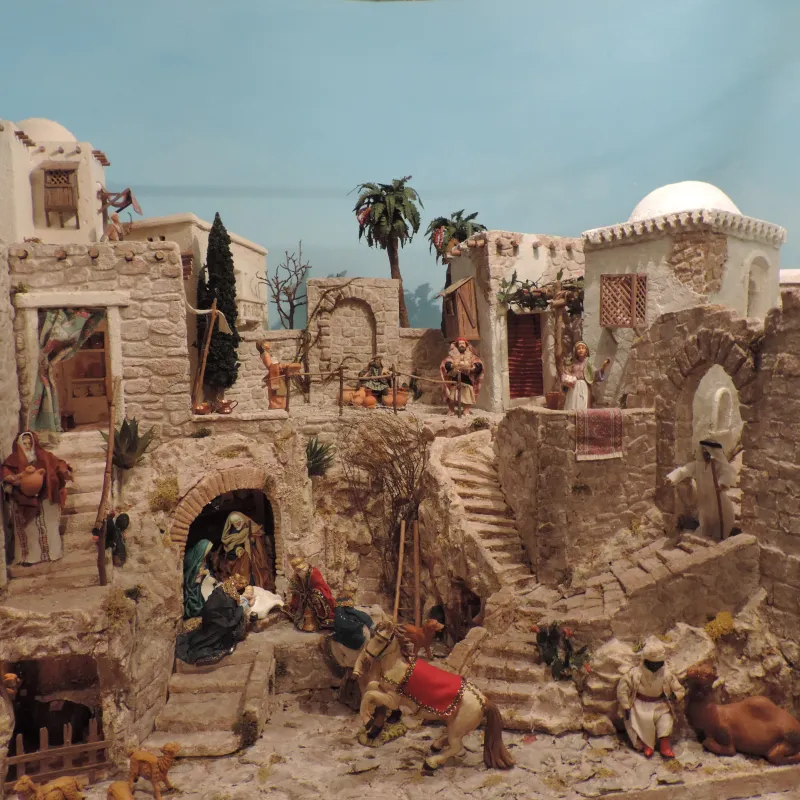 Presepi in città e nei Borghi del Ternano
Dal 8 Dicembre al 6 Gennaio
Presepi in città e nei Borghi del Ternano
Dal 8 Dicembre al 6 Gennaio
